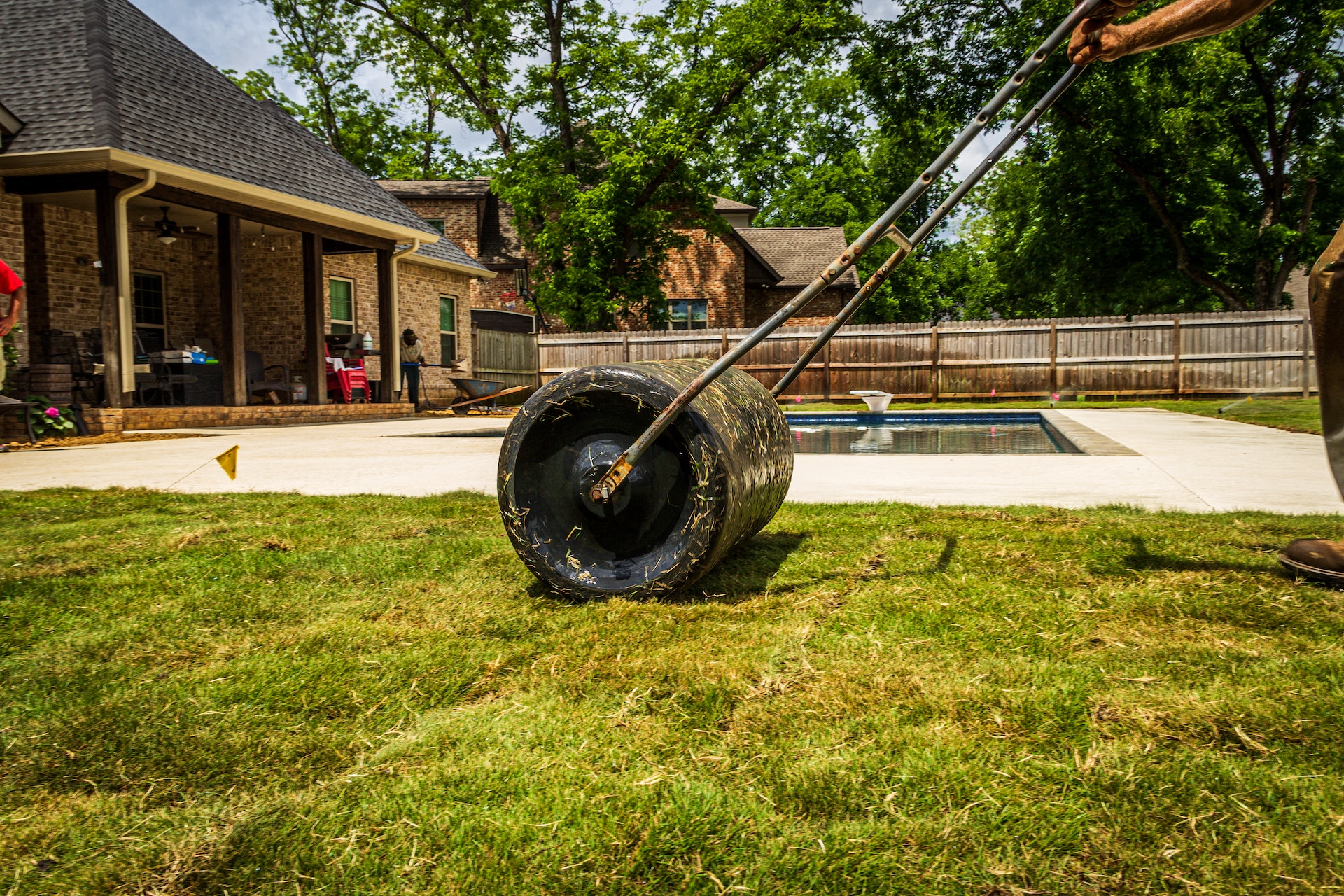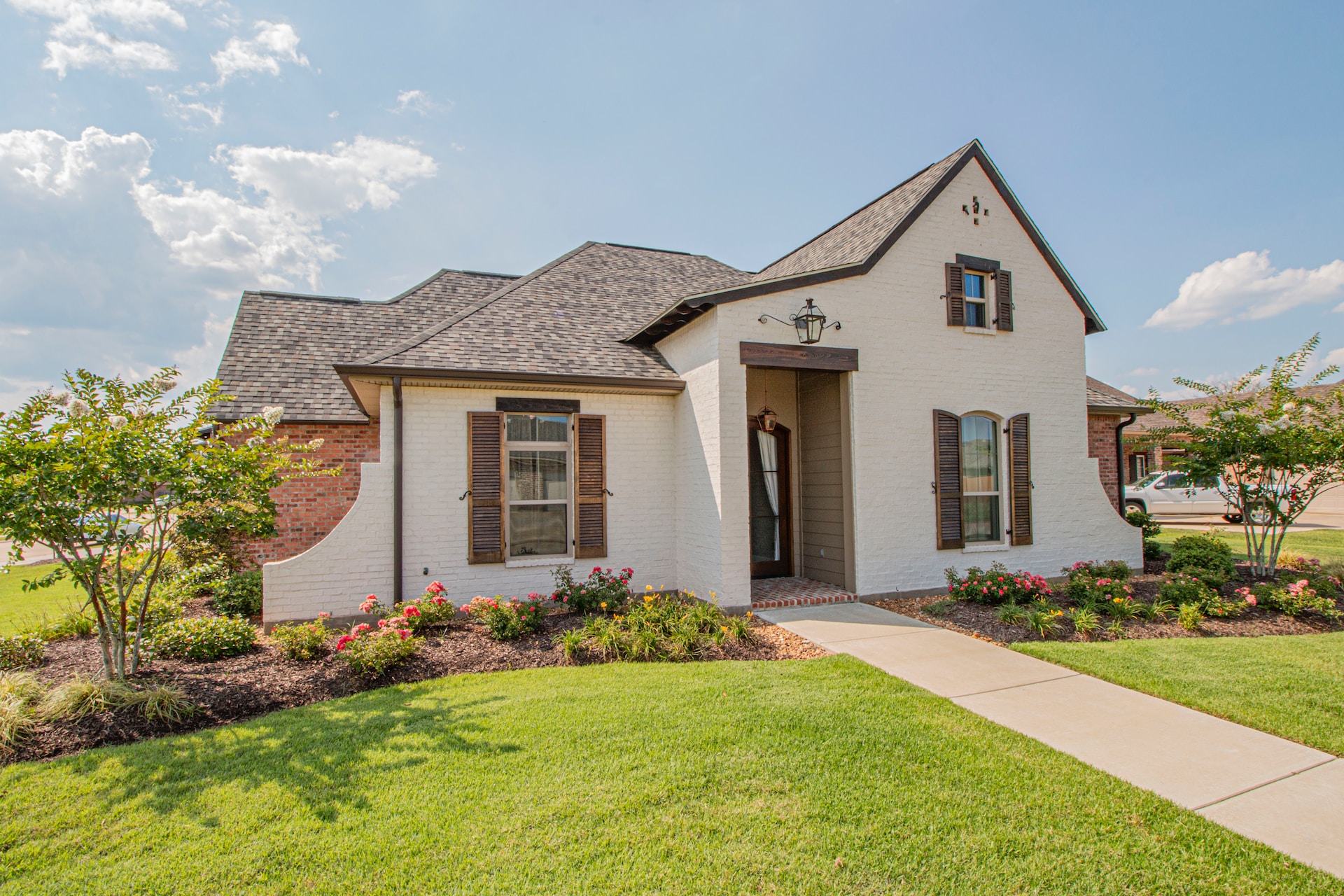Adding landscaping to your new home after you move in is a great way to enhance your property’s curb appeal and create an outdoor space that reflects your preferences and needs. Here are some steps and considerations for landscaping after you’ve settled into your new home:


Assess Your Property: Take the time to evaluate your outdoor space. Consider factors like the size and layout of your yard, existing vegetation, sunlight exposure, and any drainage issues. This assessment will help you make informed landscaping decisions.
Create a Landscape Plan: Develop a landscaping plan that outlines your goals and priorities. Determine what features you want, such as a patio, garden beds, trees, shrubs, or a lawn. Consider your budget and the time you can allocate to landscaping projects.
Set Priorities: Decide which landscaping projects are the most pressing or important to you. You may want to prioritize projects that provide immediate benefits or those that align with the seasons.
Start with Small Projects: If your budget or time constraints are limited, consider starting with smaller landscaping projects. Planting flowers, adding potted plants, or installing garden borders are manageable tasks that can have a significant impact.
Landscape in Phases: You don’t need to complete all landscaping projects at once. Plan your landscaping in phases over time. This approach allows you to spread out the cost and effort while gradually improving your outdoor space.
Choose Suitable Plants: Select plants that are well-suited to your local climate and soil conditions. Native plants are often a good choice because they require less maintenance and support local wildlife.
Consider Sustainability: Incorporate sustainable landscaping practices, such as using drought-resistant plants, installing a rain garden, or implementing irrigation systems that conserve water.
Hardscape Elements: If you’re interested in hardscape elements like pathways, patios, or retaining walls, consider consulting with a professional landscaper or contractor for these more complex projects.
Maintenance: Regular maintenance is key to keeping your landscaping looking its best. Plan for tasks like watering, fertilizing, weeding, pruning, and seasonal cleanup.
Seek Professional Advice: If you’re uncertain about landscaping design or have specific goals in mind, consider consulting with a landscape architect or designer. They can provide expert guidance and create a comprehensive landscape plan tailored to your preferences.
Community Guidelines: Check if your neighborhood or homeowners’ association has specific landscaping guidelines or restrictions that you need to adhere to when making changes to your property.
Enjoy the Process: Landscaping is not just about enhancing your property’s value; it’s also about creating an enjoyable outdoor space for yourself and your family. Take time to relax and savor the process of transforming your outdoor environment.
